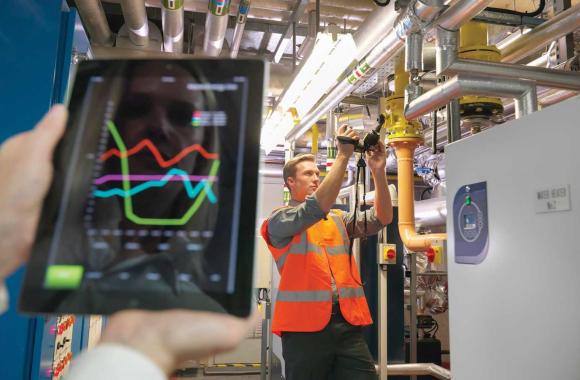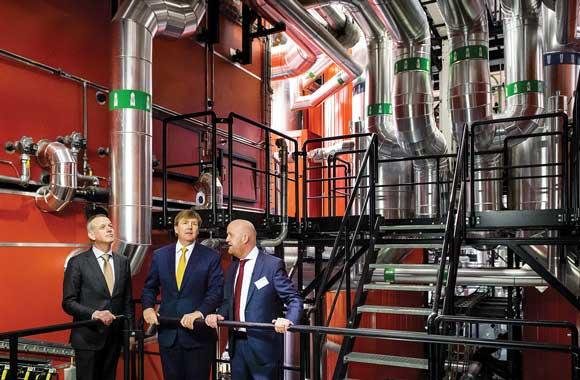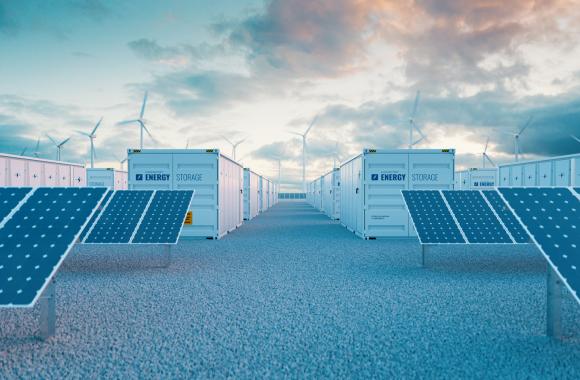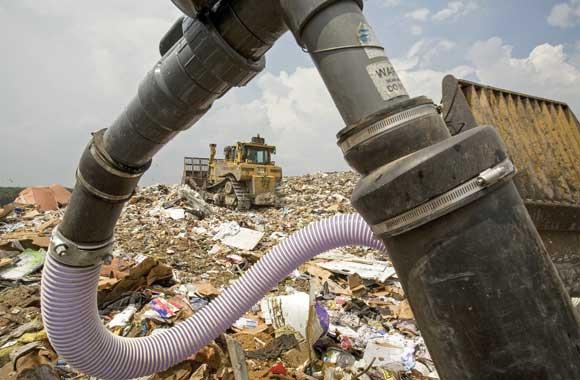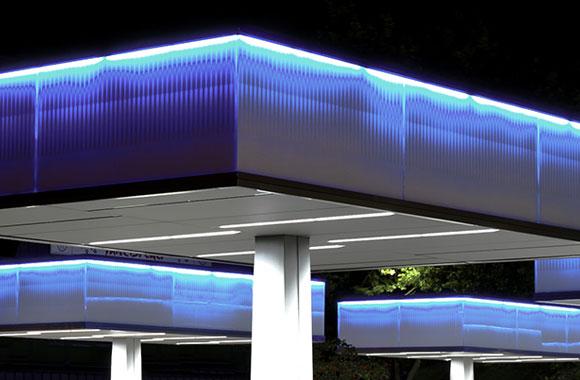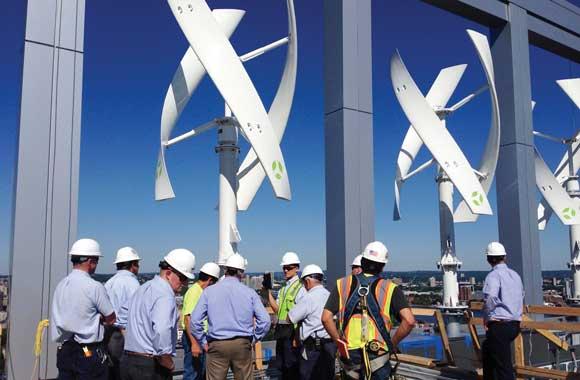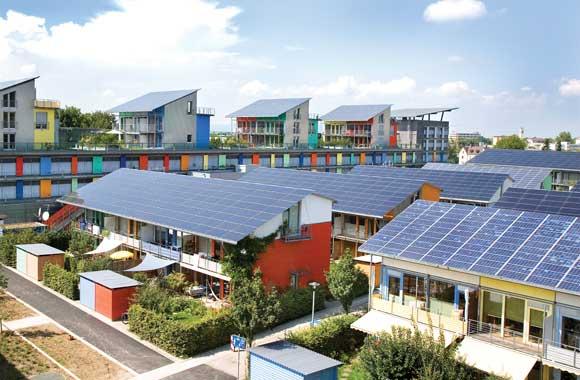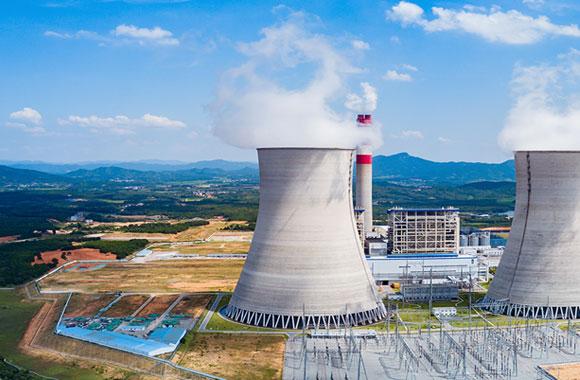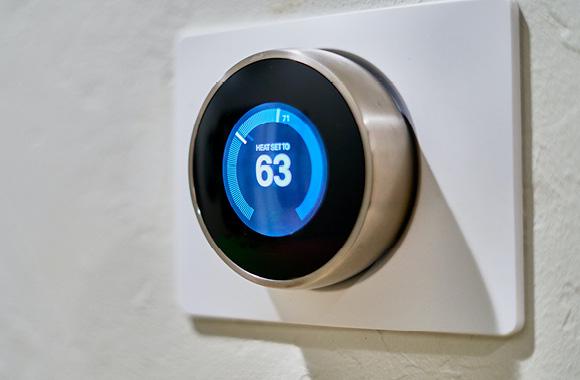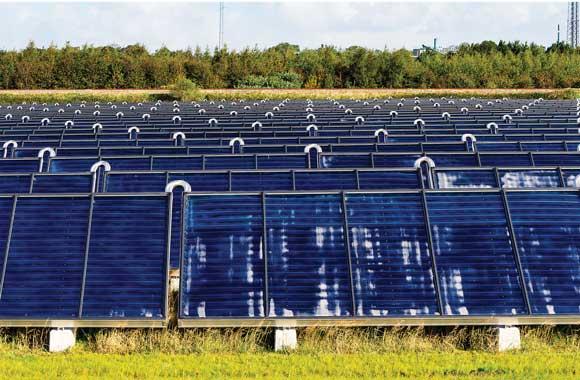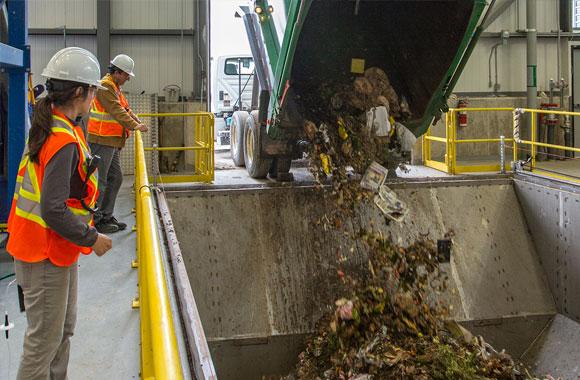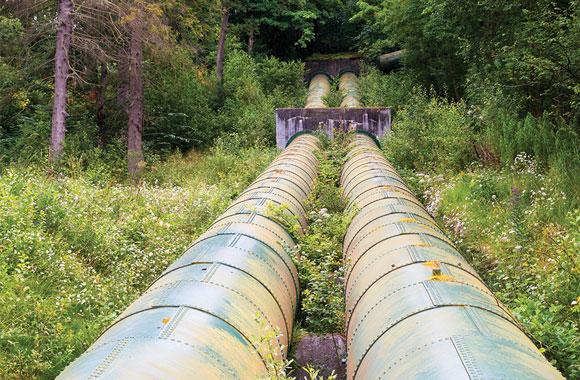Methane Digesters
Industrial-scale anaerobic digesters control decomposition of organic waste and convert methane emissions into biogas, an alternative fuel, and digestate, a nutrient-rich fertilizer.
Reduced/Sequestered
2020–2050
To Implement
Operational Savings
Impact
The use of large methane digesters can grow to 376.11–395.55 terawatt-hours by 2050. This would avoid 6.02–7.05 gigatons of greenhouse gas emissions at a net first cost of US$138.13 to 182.09 billion.
Introduction
Agricultural, industrial, and human digestion create organic wastes that emit methane, a powerful greenhouse gas, as they decompose. One option is to control decomposition in sealed tanks called anaerobic digesters that employ microbes to transform organic waste into biogas, an energy source, and digestate, a nutrient-rich fertilizer. Biogas can displace fossil fuels for heating and electricity generation or be used in vehicles that would otherwise rely on natural gas. Digestate supplants fossil fuel-based fertilizers while improving soil health.
Project Drawdown defines our Methane Digesters solution as the use of systems associated with agriculture, manure, and wastewater facilities that produce biogas to be used for electricity generation in dedicated biogas or combined heat and power plants. This solution replaces conventional electricity-generating technologies such as coal, oil, and natural gas power plants.
Methane digesters have been installed throughout the world and at relatively high rates in China, the EU, and Southeast Asia in recent decades. Large digesters can be installed at dairy and hog farms, wastewater facilities, and landfills to produce electricity and heat for use on site, or to provide electricity or gas to the grid.
Methodology
Total Addressable Market
We based the total addressable market for the Methane Digesters solution on projected global electricity generation from 2020 to 2050. The total addressable market is different for our two adoption scenarios because Scenario 2 projects extensive electrification of transportation, space heating, etc., dramatically increasing demand and therefore production of electricity worldwide.
We estimated current adoption (the amount of functional demand supplied in 2018) at 0.29 percent of generation (77 terawatt-hours).
Adoption Scenarios
We calculated impacts of increased adoption of methane digesters from 2020 to 2050 by comparing two growth scenarios with a reference scenario in which the market share was fixed at current levels.
- Scenario 1: Biogas represents 376.11 terawatt-hours of generation, or 1 percent of the total electricity generated in 2050, based on the yearly average adoption of six ambitious adoption scenarios from the EU project AMPERE (450 scenarios of the GEM E3, MESSAGE, and IMAGE models) and the 2°C scenario of the International Energy Agency’s Energy Technology Perspectives (2016), using a medium growth trajectory.
- Scenario 2: This scenario is based on the estimated adoption trajectory of biomass and waste from Greenpeace (2015) Advanced Energy [R]evolution scenario, resulting in a lower adoption of this solution due to integration with other electricity generation solutions with higher expectations of growth such as wind and solar. Biogas represents 395.55 terawatt-hours of generation, or almost 1 percent of the total electricity generated in 2050.
The sources we used to generate these scenarios combine biomass and waste for electricity generation. We assumed that biogas represents approximately 20 percent of total electricity generation from bioenergy worldwide, and the feedstocks covered within this solution represent 70 percent of total biogas feedstock. Landfill methane accounts for the remaining 30 percent (AEBIOM, 2012).
Financial Modeling
All monetary values are presented in 2014 US$.
We analyzed several data points to determine the average capital cost. Available data were mainly from Organisation for Economic Co-operation and Development (OECD) countries. The financial inputs used in the model assume average installation costs of US$6,111 per kilowatt. Due to the maturity of this technology, we used a learning rate of 2 percent, similar to that for conventional technologies such as coal and natural gas power. We used an average capacity factor of 92 percent for the solution, compared with 57 percent for conventional technologies. The average fixed operation and maintenance cost was US$53.2 per kilowatt, and the variable operation and maintenance cost was US$0.05 per kilowatt-hour, compared with US$34.7 and US$0.005, respectively, for conventional technologies.
Integration
To integrate this solution with other Project Drawdown solutions, we adjusted the total addressable market to account for reduced demand resulting from the growth of more energy-efficient technologies (e.g., LED Lighting and High-Efficiency Heat Pumps solutions) as well as increased electrification from other solutions such as Electric Cars and High-Speed Rail. We calculated grid emissions factors based on the annual mix of electricity-generating technologies over time. We determined emissions factors for each technology through a meta-analysis of multiple sources, accounting for direct and indirect emissions.
We also include in this analysis emissions of methane and nitrous oxide due to anaerobic degradation that this solution avoids.
Results
Scenario 1 avoids 6.02 gigatons of carbon dioxide equivalent of greenhouse gas emissions from 2020 to 2050 at a net first cost of US$138.13 billion, with lifetime operational savings of US$45.54 billion.
Scenario 2 yields reductions in greenhouse gas emissions over 2020–2050 of 7.05 gigatons of carbon dioxide equivalent of greenhouse gas emissions from 2020 to 2050 at a net first cost of US$182.09 billion, with lifetime operational savings of US$52.66 billion.
Discussion
The conversion of waste material in biodigesters into biogas has positive financial and environmental impacts for farmers, industries, municipalities, and governments alike. Biodigesters enable the capture and use of methane while also addressing waste management and nutrient recovery needs. They can also realize several revenue streams and cost savings for owners.
Feedstock for electricity-generating biogas plants is available in adequate quantities across the world, from sewage sludge and agriculture systems. However, there is significant uncertainty associated with the future adoption of this technology.
References
AEBIOM (2012). Agri-for Energy 2. Biogas and Biomethane in Europe. Intelligent Energy Europe.
Greenpeace (2015). World Energy [R]evolution, a sustainable world energy outlook. Greenpeace.
International Energy Agency (IEA) (2016). Energy Technology Perspectives 2016. International Energy Agency. OECD/IEA, Paris.
What You Can Do
If you manage large amounts of animal, human, or solid waste, explore whether a digester would be good for your operation and the environment.
Find out where your trash and wastewater go, and encourage operators of the associated facilities to consider installing a methane digesters.
- Expand your knowledge by exploring another Drawdown solution.
Co-benefits
Methane digesters keep manure from polluting waterways.



